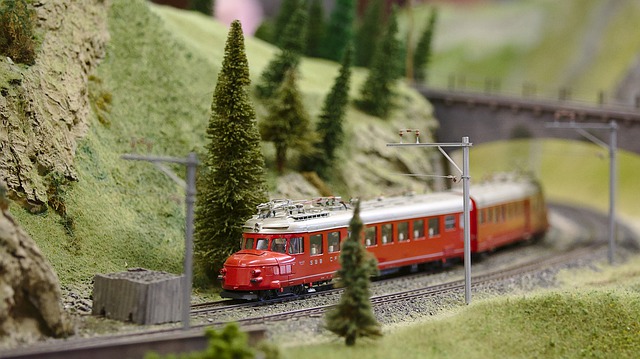
Collecting model trains is a popular hobby that has become a lucrative business. The hobby entails collecting scale models of locomotives and rail cars and placing them in a scaled-down version of a railway system complete with tracks, buildings, model figures, lights, and landscaping. The trains can be powered by batteries or by low voltage direct current (DC) electricity supplied via the tracks.
These train models are fragile and require a large amount of protection when being shipped. They must be properly packed and cushioned to protect the numerous moving parts and are painstakingly hand-painted finish from getting damaged during transit. Here are some tips on how to properly pack and ship model trains.
Remove batteries from the train. If shipping a set of trains, disconnect them from each other and wrap individually in layers of bubble wrap. Make sure that all parts are well-cushioned and protected by bubble wrap. You can also use a bubble wrap bag, fold any excess wrap on the side and secure in place with tape.
Arrange the model trains inside a sturdy shipping box with a layer of packing peanuts in the bottom. Fill empty spaces between the items and along the sides of the box with more packaging materials until the box if filled to the brim. The idea is to pack the box to keep the items in place and prevent them from colliding with each other.
Close and seal the box with packaging tape. Address and label the package with “Fragile” or “Handle with Care” to notify handlers that the goods are delicate. Take the package to your local post office or shipping company.
Then all you need to do is create your own ‘box’ using single wall cardboard sheets, the pallet size is the perfect length and can either be scored and folded around the train or cut into pieces and taped in place. When taping choose ‘Fragile’ printed tape if you use third-party carriers, as this will notify handlers that the goods are delicate.
